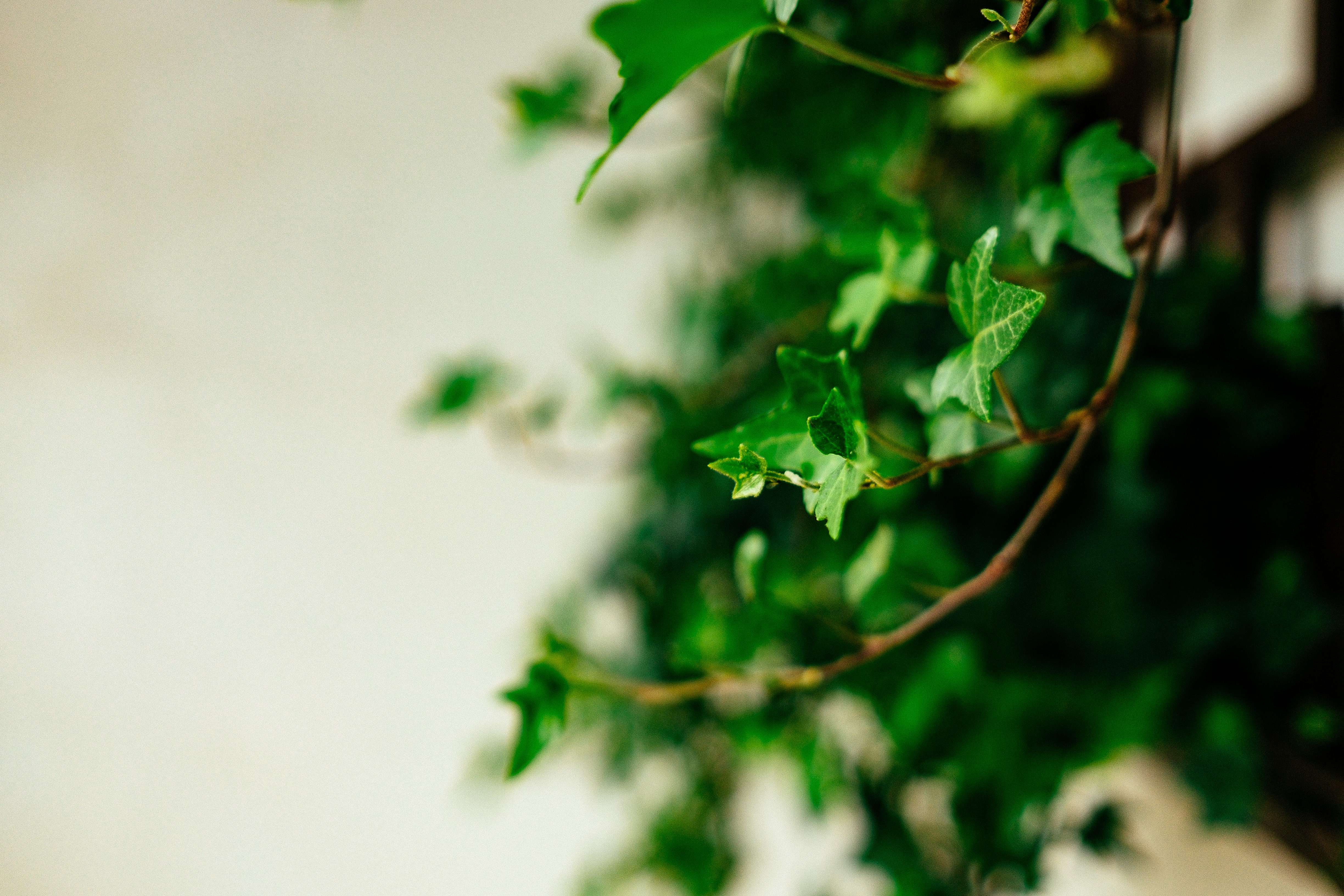Although fencing can be attractive on its own, many people want to find a way to incorporate it more directly into their landscaping. One possible solution would be to grow some fence-friendly vines. Structures covered in vines add visual interest and beauty to your property. Of course it’s important to start with a structurally sound fence. So if your fence needs repair, contact an experienced fence repair company nearby – like our team at Top Line Fence.

Vines can improve the look of your fence while providing additional privacy. Nevertheless, there are a few important things to consider prior to adding vines to your landscape plan. The first thing is whether your fence is composed of suitable material to support the type of vines you want. In other words, it’s important to have a “vine-friendly” fence. These plants are very resourceful and will easily grow up onto fences and other structures to soak up as much sun as possible.
Lastly, always avoid invasive vines like Oriental bittersweet. These vines will take over your entire yard and are bad for the environment because they kill off native species and are occasionally toxic to native pollinators.
Vines Suitable for Wooden Fencing
If you have wooden fencing, certain vines should be avoided because they can cause damage. These are mostly woody vines that tend to hold excess moisture against your fence, causing rot and insect infestation. They also lead to cracks in your fencing because of how large they grow. However, all vines will hold a certain amount of moisture against your wooden fence, and it may eventually succumb to the damage – if perennial vines continually grow and spread over it.
For anyone who has a wooden fence, the best options are annual vines that grow quickly and provide vibrant color during the summer months. Morning glory, sweet pea, moonflower, and climbing nasturtium are all good choices for wooden fencing. When the season is over, you can remove the dead vines from your fencing, allowing it to recover and dry out over the winter months. Simply plant more seeds the following spring and your fence will again be covered with vibrant and fragrant flowering vines.
Vinyl and Aluminum Fencing
Vinyl fences are very weather-resistant and can withstand a great deal more than wooden fences. This makes them ideal for anyone who wants to use climbing vines to enhance their privacy. Clematis, coral honeysuckle, and Boston ivy are all perennial vines that work well – with clematis and honeysuckle likely to span the height of your fence in a single growing season.
Woody vines like wisteria won’t hurt the structure of a vinyl fence, and the moisture won’t be much of a problem except for the possibility of insects thriving in the moisture trapped between the vines and the fencing. This could be problematic for other nearby plants.
Aluminum fences provide the best framework for a “living fence.” Climbing hydrangea, rambling roses, wisteria, and other heavy, strong, and woody vines that would overwhelm other fences are no problem for aluminum – which resists rust and withstands moisture.
No matter what type of fencing you have, choose your vines wisely, and you’re sure to enjoy the added texture, color, and privacy these beautiful plants provide.
Contact Us
We’ve been serving the fine residents of the Chicagoland area for nearly 50 years. If you’re looking for a fence repair company nearby, give Top Line Fence a Call for professional repairs and new installations.